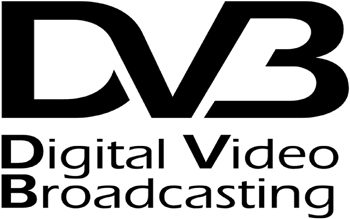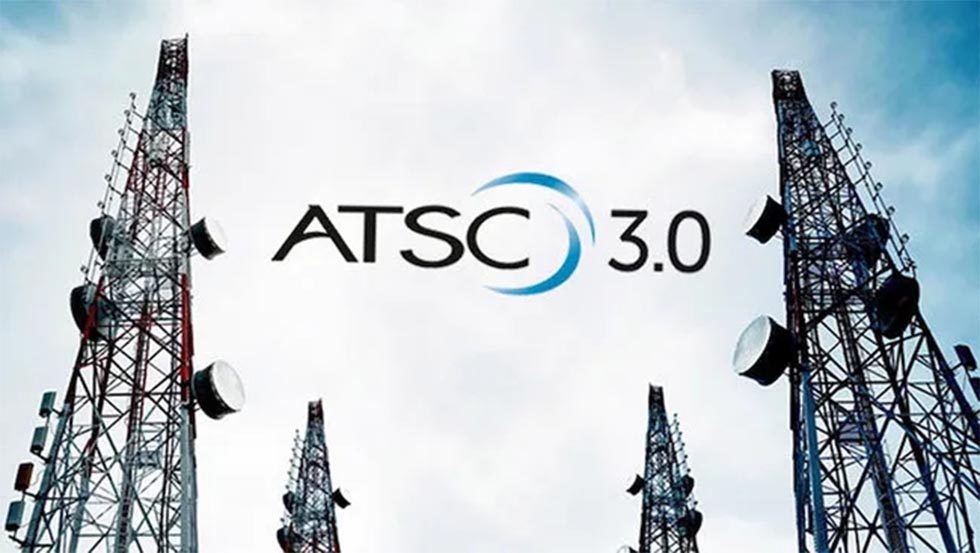DVB Confirms Specs For UHDTV and OTT in Europe
This new DVB–UHDTV Phase 1 specification sets the minimum requirements for the next generation of television transmission overseas.
GENEVA--On the heels of the Consumer Electronics Association’s announcement that it was updating its core characteristics for what “Ultra High-Definition ” TV should mean when you buy a CE product, Europe’s Digital Video Broadcast organization, a consortium of some 200 broadcasters, manufacturers, network operators, software developers, regulators and others from around the world, has unanimously approved a new DVB-Ultra-High-Definition TV Phase 1 specification.
Details of which include accommodations for a new UHDTV Delivery Profile using HEVC compression, a new Content Identification & Media Synchronization For Companion Screens & Streams, and a new MPEG-DASH Profile. The three new specifications will now be sent to ETSI for formal standardization and publication in the organization’s relevant “Blue Books.”

The specification, unanimously adopted by the DVB Steering Board at its recent 77th meeting in Geneva last week, includes an HEVC Profile for DVB broadcasting services and also updates the ETSI TS 101 154 specification— for the use of Video and Audio Coding in Broadcasting Applications based on the MPEG-2 Transport Stream.
Interestingly, at a time when many professionals are experimenting with high frame rates of up to 120 FPS, the new DVB-UHDTV Phase 1 will allow images with four times the static resolution of the 1080p HDTV format, at frame rates of up to 60 images per second. However, the next phase of DVB-UHDTV may use higher frame rates in a compatible way, which will add further to the image quality of UHDTV Phase 1.
The European standards group also said that contrast would be drastically improved by increasing the number of bits per pixel to 10 bit. Level 5.1 of the HEVC Main 10 profile is specified for UHD content for resolutions up to 2160p. For HD content, HEVC Main profile level 4.1 is specified for supporting resolutions up to 1080p.
“HEVC is the most recently developed compression technology and, among other uses, it is the key that will unlock UHDTV broadcasting,” said DVB Steering Board Chairman Phil Laven. “This new DVB–UHDTV Phase 1 specification not only opens the door to the age of UHDTV delivery but also potentially sets the stage for Phase 2, the next level of UHDTV quality, which will be considered in upcoming DVB work.”
Get the TV Tech Newsletter
The professional video industry's #1 source for news, trends and product and tech information. Sign up below.
Also approved at the DVB Steering Board meeting was the specification for Companion Screens and Streams, Part 2, entitled “Content Identification and Media Synchronization.” The DVB group said that as many new portable devices (tablets, smart phones) have come onto the market, many of these transmissions require synchronization between the Broadcast Service at the TV Device and the Timed Content presented at the Companion Device.
“This specification focuses on the identification and synchronization of a Broadcast Service on a TV Device (Connected TV or STB and screen) and Timed Content on a Companion Screen Application running on a Companion Device,” the committee wrote. “Part 2 outlines the enabling factors for the identification of, and synchronization with, broadcast content, timed content and trigger events on TV devices (for example a Connected TV or STB) and related content presented by an application running on a personal device.”
Another specification to gain approval from the Steering Board was the MPEG-DASH Profile for Transport of ISO BMFF Based DVB Services over IP Based Networks. This specification defines the delivery of TV content via HTTP adaptive streaming. MPEG-DASH covers a wide range of use cases and options. Transmission of audiovisual content is based on the ISOBMFF file specification. Video and audio codecs from the DVB toolbox that are technically appropriate with MPEG-DASH have been selected. Conditional Access is based on MPEG Common Encryption and delivery of subtitles will be XML based. The DVB Profile of MPEG-DASH reduces the number of options and also the complexity for implementers. The new specification will facilitate implementation and usage of MPEG-DASH in a DVB environment.
